If GPEDIT or Local Group Policy Editor does not show Administrative Templates on Windows 11/10 PC, here is how you can fix the issue. There could be several reasons, including corrupt or missing system files, a bug or glitch, etc. Here, we have gathered some of the common reasons and solutions so that you can troubleshoot the issue and start modifying your settings from the GPEDIT.
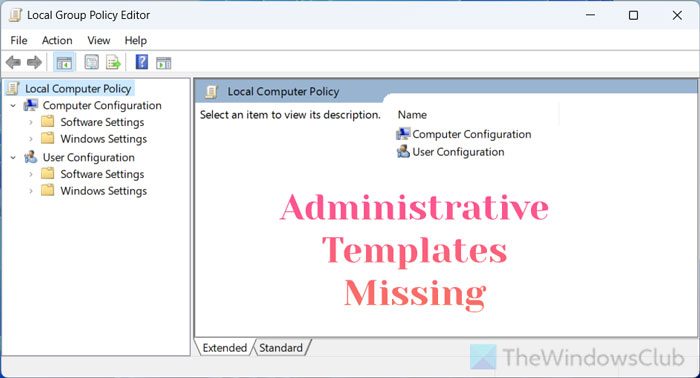
GPEDIT does not show Administrative Templates in Windows 11/10
If GPEDIT does not show Administrative templates in Windows 11/10, follow these solutions:
- Create Central Store
- Run System File Checker
- Uninstall Recently installed updates
- Install ADMX templates manually
To learn more about these tips and tricks, continue reading.
Group Policy Administrative templates missing
1] Create Central Store
It is a very common problem in some organizations where multiple computers are linked to one source computer. If you are the administrator and your users cannot find the Administrative Templates in the Local Group Policy Editor, you need to create a Central Store. It helps you provide the Group Policy settings to all the users.
To create a Central Store, you need to download Administrative Templates files first. The important thing is that you must download the template according to your version of Windows.
For that, you can press Win+R, type winver, and click the OK button.
Once you get the Windows version, download the template. Then, navigate to this path:
\\contoso.com\SYSVOL\domain-name\policies\PolicyDefinitions
Here you need to create a folder called PolicyDefinitions. After that, go to this path:
C:\Windows\PolicyDefinitions
Copy all the files and folders from the PolicyDefinitions folder.
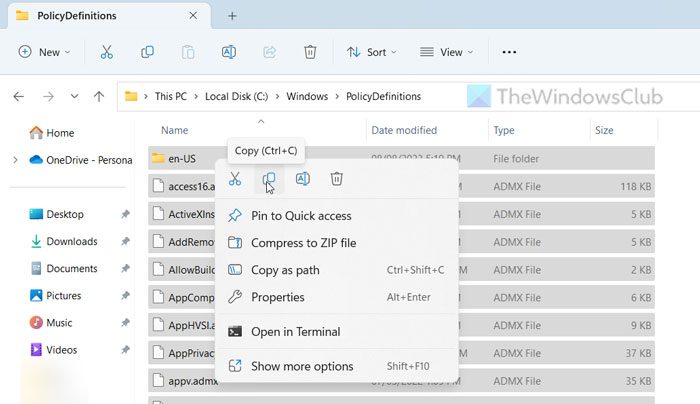
Please note that if you have downloaded the Administrator Templates manually, you can find them here:
C:\Program Files (x86)\Microsoft Group Policy\windows-version\PolicyDefinitions
After that, go to the same path where you created the PolicyDefinitions folder and paste the content you just copied.
After that, you can find the Administrative Templates on every computer.
You can download Administrative Templates for specific versions of Windows from learn.microsoft.com.
2] Run System File Checker
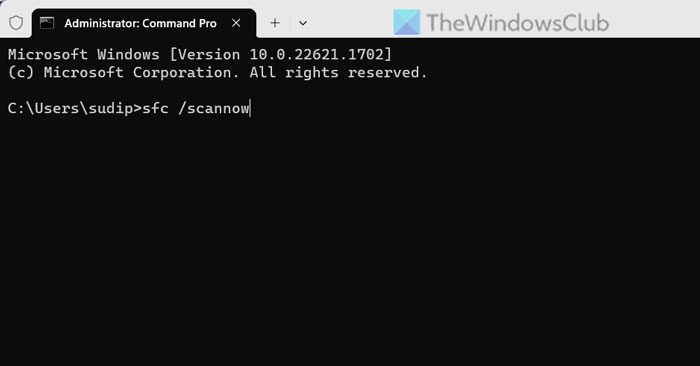
If your computer is not connected to any organization or domain, but you still cannot find the Administrative Templates, you must know that this problem might occur due to corrupt or missing system files. That is the reason why you should use the System File Checker since it helps you rectify those files automatically. You can follow this guide to run System File Checker on Windows.
3] Uninstall Recently installed updates
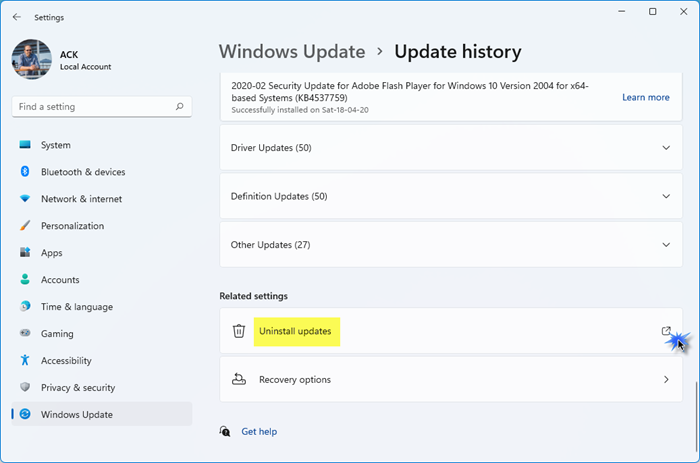
If you encounter this issue on an Insider build after installing an update, you can try uninstalling the update. At times, it could be a glitch that is blocking you from using the Administrative Templates in the Local Group Policy Editor.
Related: How to check the Group Policy applied on a Windows computer
4] Install ADMX templates manually
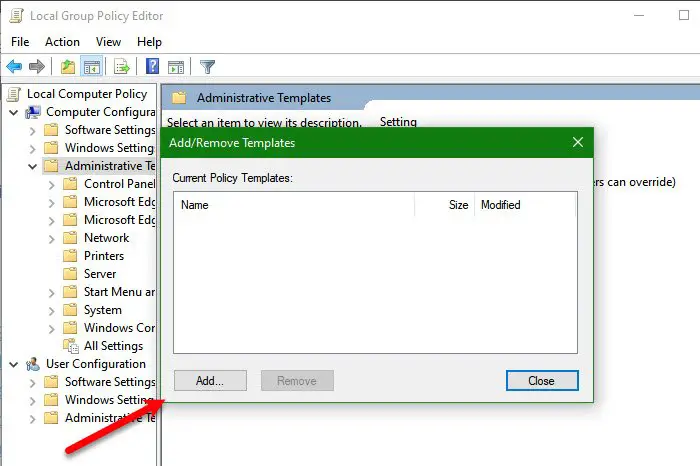
If the Administrative Templates are entirely missing on your computer, you can install the ADMX templates manually. It is possible to install the templates manually on every computer except Windows Home Edition. At times, it helps you update the existing template as well.
Read: Failed to open the Group Policy Object on this computer
Where is Administrative Templates in Windows?
In general, if you are talking about the default location, you can find it here: C:\Windows\PolicyDefinitions. However, if you install it manually, you can navigate to this location: C:\Program Files (x86)\Microsoft Group Policy\version-of-windows\PolicyDefinitions.
How do I enable Administrative Templates?
There is nothing you need to do to enable Administrative Templates on Windows 11 or Windows 10 computers. This template is already enabled when you install your Windows OS on your system. However, if you want to add or remove a template, you can do that from the Local Group Policy Editor. For that, you need to open GPEDIT, right-click on the Administrative Templates > select the Add/Remove Templates option > click the Add button > choose the ADM file, and select the Open option.
Leave a Reply